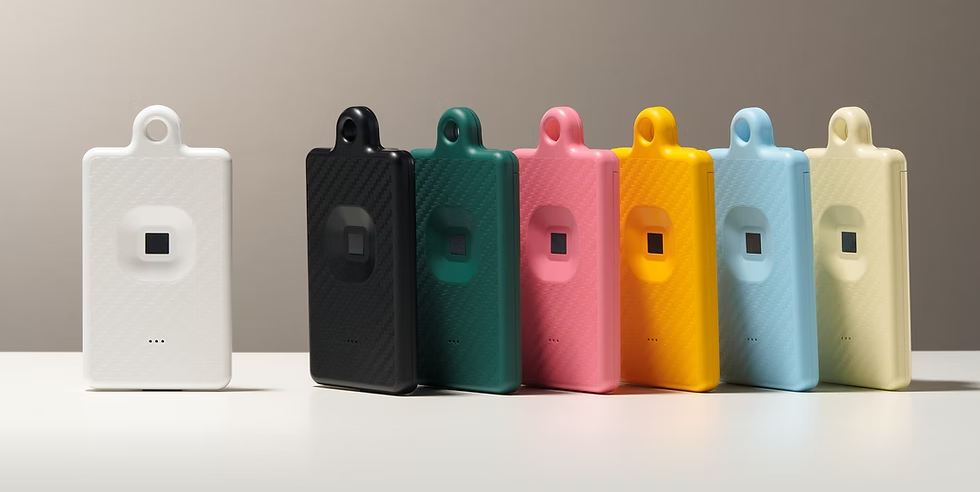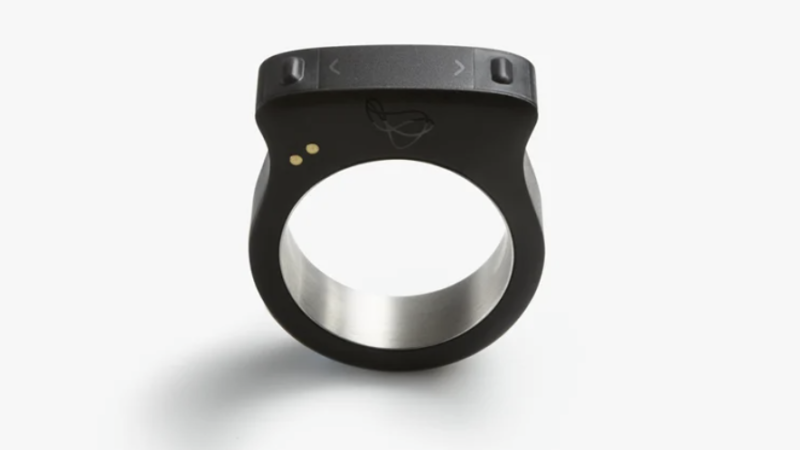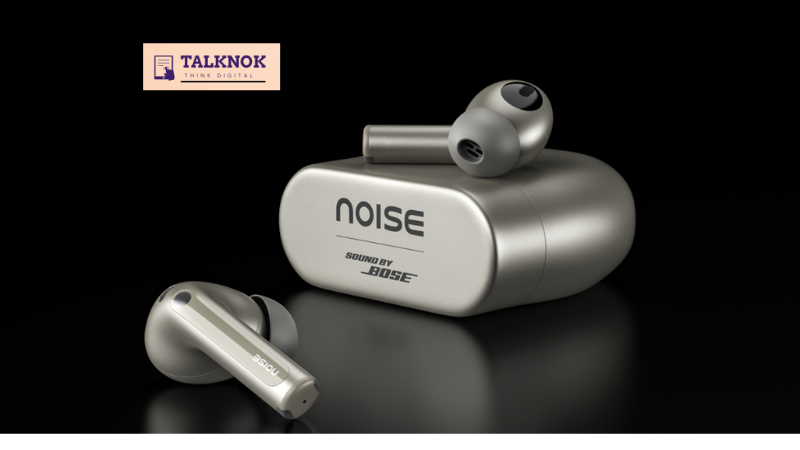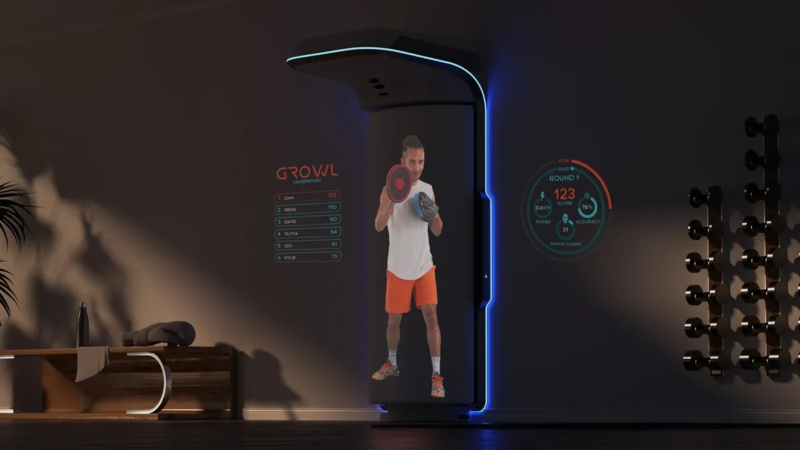OMYKEY NFC (Near Field Communication Key), that Redefines fingerprint secure smart lock access.

The Omykey NFC fingerprint is a key tag for secure smart lock access. it’s an NFC tag combined with a fingerprint scanner. The idea is that you need both your fingerprint and the physical tag to unlock something, which adds an extra layer of security.
The Omykey uses NFC to transmit data when tapped, but also has BLE for proximity-based unlocking. So maybe tapping the Omykey to a phone or reader sends the NFC signal, and BLE is used when you’re near the lock without tapping. But the fingerprint part is essential here. The tag won’t transmit the unlock signal unless it verifies the fingerprint. So even if someone steals the tag, they can’t use it without the fingerprint. That makes sense for security.
Now, setting this up with a smart lock. The first step would be to ensure compatibility. The smart lock needs to work with Omykey. I should check if the lock supports NFC or BLE and if it’s compatible with Omykey’s authentication method. If the lock uses a standard protocol like Apple HomeKey or Samsung SmartThings, then maybe Omykey can integrate with that. Alternatively, the Omykey might work through its own app that then interfaces with the smart lock’s API.
So the setup process might involve: installing the Omykey app, registering the tag with the app, enrolling fingerprints, and then linking the app to the smart lock. The app would handle the authentication and send the unlock command to the lock when both factors are verified. But I’m not sure how the communication between Omykey and the smart lock happens. If the lock is connected via Wi-Fi or Bluetooth, the app on the phone could send the unlock signal after receiving the authenticated data from the Omykey tag.
Another point is security. The previous answer mentioned that the fingerprint data is stored locally on the tag, not in the cloud. That’s good for privacy. But how does the tag communicate securely with the lock? There must be some encryption involved. Maybe each time the tag is used, it generates a one-time token or uses a challenge-response mechanism to ensure that the signal can’t be intercepted and reused.
Potential issues I might encounter: If the smart lock doesn’t support the necessary protocols, Omykey might not work with it. Also, battery life of the Omykey tag could be a concern if it’s using BLE frequently. But the previous answer mentioned it’s energy-efficient, so maybe the battery lasts a long time. Another thing is that if the phone is required as an intermediary, you’d need to have the phone with you, which might not be ideal. Wait, but the Omykey has its own BLE, so maybe it can communicate directly with the lock without the phone once it’s set up.
Wait, the Omykey uses BLE for proximity-based unlocking. So if you’re near the lock, it can unlock automatically after verifying your fingerprint. But for NFC, you have to tap the tag. So maybe two methods: one where you tap the tag to an NFC reader (like a phone or a reader on the lock), and another where you just approach the lock and it detects the BLE signal after fingerprint verification.
But how does the fingerprint verification work in the BLE scenario? Do you have to touch the Omykey tag when you’re near the lock, so it reads your fingerprint and then sends the BLE signal? That would make sense. So even for proximity unlocking, you need to interact with the tag by scanning your fingerprint, which then triggers the BLE signal to the lock.
So the workflow would be: approach the lock, press your finger on the Omykey tag (which you have on your person), the tag verifies the fingerprint, then sends an encrypted BLE signal to the lock to unlock. Alternatively, tap the tag to an NFC reader on the lock, which then does the same.
In terms of setup, I’d need to pair the Omykey with the smart lock via the app. The app would probably handle the registration of the tag’s identity with the lock, ensuring that only authenticated tags can control it. Then, each time you use the tag, it requires your fingerprint, so even if someone else has the tag, they can’t use it.
I should also think about backup access methods. What if the Omykey’s battery dies? Is there a physical key or a code override for the smart lock? That’s probably a good idea, but outside the scope of the Omykey itself.

To set up and use the Omykey NFC Fingerprint Tag with a smart lock for secure access, follow these organized steps, considering compatibility, security, and functionality:
1. Compatibility Check
- Smart Lock Requirements: Ensure your smart lock supports NFC, BLE, or integrates with platforms like Apple HomeKit, Samsung SmartThings, or Google Home. If not, check if a compatible hub (e.g., Zigbee/Z-Wave) bridges communication.
- Omykey Specs: Confirm Omykey’s compatibility with your lock’s protocols (NFC/BLE). Refer to the lock’s manual or manufacturer for third-party device support.
2. Setup Process
- Install Omykey App: Download the official app (iOS/Android) to register and configure the tag.
- Enroll Fingerprints:
- Open the app, follow prompts to add fingerprints directly on the tag (stores data locally, not in the cloud).
- Multiple users can enroll fingerprints on a single tag, or use individual tags for each person.
- Pair with Smart Lock:
- Ensure the smart lock is in pairing mode.
- Use the app to link Omykey to the lock. This may involve scanning a QR code or entering a pairing code.
- For locks requiring a hub, ensure the hub is connected to your network and linked to the app.
3. Usage Modes
- NFC Tap-to-Unlock:
- Tap the Omykey tag on the lock’s NFC reader or your smartphone (if the lock is app-controlled).
- The tag verifies your fingerprint before sending an encrypted NFC signal.
- BLE Proximity Unlocking:
- Approach the lock within BLE range (~10 meters). Press the fingerprint sensor on Omykey.
- Upon verification, the tag sends an encrypted BLE signal to unlock automatically.
4. Security Features
- Two-Factor Authentication: Combines physical possession of the tag + biometric verification.
- Encryption: Uses AES-256 or similar encryption for BLE/NFC communication to prevent eavesdropping.
- Local Data Storage: Fingerprints are stored only on the tag, reducing cloud-based breach risks.
5. Backup and Maintenance
- Backup Access: Set up alternate methods (e.g., PIN codes, physical keys) for the smart lock in case of Omykey failure.
- Battery Management: Charge Omykey via USB-C periodically (low-battery alerts via app). Battery typically lasts months with regular use.
- Firmware Updates: Regularly update Omykey and smart lock firmware via their apps for security patches.
6. Troubleshooting
- Connection Issues: Ensure BLE/NFC is enabled on the lock and Omykey. Restart devices if needed.
- Fingerprint Recognition: Re-enroll fingerprints if authentication fails. Clean the sensor and ensure dry fingers.
- Range Problems: Check for physical obstructions. BLE range may vary with environment.
7. Multi-User Considerations
- Shared Tags: Enroll multiple fingerprints on one tag for family/team access.
- Individual Tags: For higher security, assign unique tags per user and revoke access via the app if lost.
8. Security Best Practices
- Revoke Lost Tags: Use the app to deactivate lost/stolen tags immediately.
- Regular Testing: Periodically test unlock methods to ensure functionality.
- Physical Security: Store spare tags securely and avoid leaving them unattended.
By following these steps, you can integrate Omykey’s dual-factor authentication (NFC + fingerprint) with your smart lock, enhancing security while maintaining convenience. Always refer to device-specific manuals for detailed instructions.






